61 potential locations distributed in 6 tourist regions have been planned to develop into National Tourist Areas in the period 2021-2030, with a vision to 2045.
61 potential locations distributed in 6 tourist regions have been planned to develop into National Tourist Areas in the period 2021-2030, with a vision to 2045.

According to the Tourism System Planning for the 2021-2030 period, with a vision to 2045, which has just been issued, there are 61 locations distributed in 6 tourist regions on the list of potential locations for developing National Tourism Areas.
Specifically, the Northern Midlands and Mountains region has 15 potential locations including Dong Van Karst Plateau Global Geopark (Ha Giang), O Quy Ho (Lai Chau), Dien Bien Phu-Pa Khoang (Dien Bien), Son La Lake (Son La), Sin Ho Plateau (Lai Chau), Thac Ba (Yen Bai), Mu Cang Chai (Yen Bai), Hoa Binh Lake (Hoa Binh), Non Nuoc Cao Bang Global Geopark (Cao Bang), Ba Be (Bac Kan), Tan Trao (Tuyen Quang), Na Hang-Lam Binh (Tuyen Quang), Mau Son (Lang Son), Nui Coc (Thai Nguyen), Xuan Son National Park (Phu Tho).
The Red River Delta has 11 potential locations including Ba Vi (Hanoi), Huong Son Scenic Relic Area (Hanoi), Hoan Kiem Lake-village area and Hanoi Old Quarter (Hanoi), Cat Ba (Hai Phong), Van Don-Co To (Quang Ninh), Yen Tu-Uong Bi (Quang Ninh), Dai Lai Lake (Vinh Phuc), Con Son-Kiep Bac (Hai Duong), Trang An (Ninh Binh), Kenh Ga-Van Trinh (Ninh Binh), Tam Chuc (Ha Nam).
The North Central and Central Coast regions have 17 potential locations including Sam Son - Hai Tien (Thanh Hoa), Kim Lien (Nghe An), Vinh - Dien Chau (Nghe An), Thien Cam (Ha Tinh), Phong Nha - Ke Bang (Quang Binh), Cua Viet - Cua Tung - Con Co (Quang Tri), Lang Co - Canh Duong (Thua Thien Hue), Son Tra (Da Nang), Ba Na (Da Nang), Cu Lao Cham (Quang Nam), Ly Son (Quang Ngai), My Khe (Quang Ngai), Phuong Mai (Binh Dinh), Xuan Dai Bay (Phu Yen), Cam Ranh Bay (Khanh Hoa), Van Phong Bay (Khanh Hoa), Ninh Chu (Ninh Thuan).
The Central Highlands region has 5 potential locations including Mang Den (Kon Tum), Bien Ho-Chu Dang Ya (Gia Lai), Yok Don (Dak Lak), Ta Dung Lake (belonging to Dak Nong Global Geopark (Dak Nong), Dan Kia-Suoi Vang (Lam Dong).
The Southeast region has 5 potential locations including Can Gio (Ho Chi Minh City), Long Hai-Binh Chau (Ba Ria-Vung Tau), Tri An Lake (Dong Nai), Ba Den Mountain (Tay Ninh), Ba Ra-Thac Mo (Binh Phuoc).
The Mekong Delta has 8 potential locations including Ninh Kieu (Can Tho), Thoi Son (Tien Giang), Mang Thit (Vinh Long), Lung Ngoc Hoang (Hau Giang), Tram Chim (Dong Thap), Ha Tien (Kien Giang), Nha Mat-Bac Lieu (Bac Lieu), and Ca Mau Cape (Ca Mau).
In addition, after 2030, the Plan will continue to study and add locations such as Y Ty, Bac Ha (Lao Cai), Tua Chua (Dien Bien), Vietnam Ethnic Culture and Tourism Village, Dong Mo Lake (Hanoi), Pu Luong and Ben En (Thanh Hoa) and other potential locations to the list.
National Tourism Areas are identified as important nuclei to attract investment in a concentrated and effective manner, thereby creating driving forces for tourism development in regions and localities and having important significance in building brands and images for destinations.
As of May 2024, the country has 9 recognized National Tourist Areas, including Tuyen Lam National Tourist Area (Lam Dong) in 2017; Sa Pa National Tourist Area (Lao Cai) in 2017; Sam Mountain National Tourist Area (An Giang) in 2018; Tra Co National Tourist Area, Mong Cai (Quang Ninh) in 2019; Mui Ne National Tourist Area (Binh Thuan) in 2020; Hung Temple National Tourist Area, Viet Tri City (Phu Tho) in 2020; Tam Dao National Tourist Area (Vinh Phuc) in 2022; Moc Chau National Tourist Area (Son La) in 2024; Con Dao National Tourist Area (Ba Ria-Vung Tau) in 2024.
Source


![[Photo] Nearly 2,000 people enthusiastically participated in the Olympic Running Day - For the security of the Fatherland](https://vstatic.vietnam.vn/vietnam/resource/IMAGE/2025/3/27/33bed26f570a477daf286b68b14474d4)
![[Photo] Close-up of the construction of the first dam to retain water on the To Lich River](https://vstatic.vietnam.vn/vietnam/resource/IMAGE/2025/3/27/0b561f1808554026a87a8cb1f79c8113)
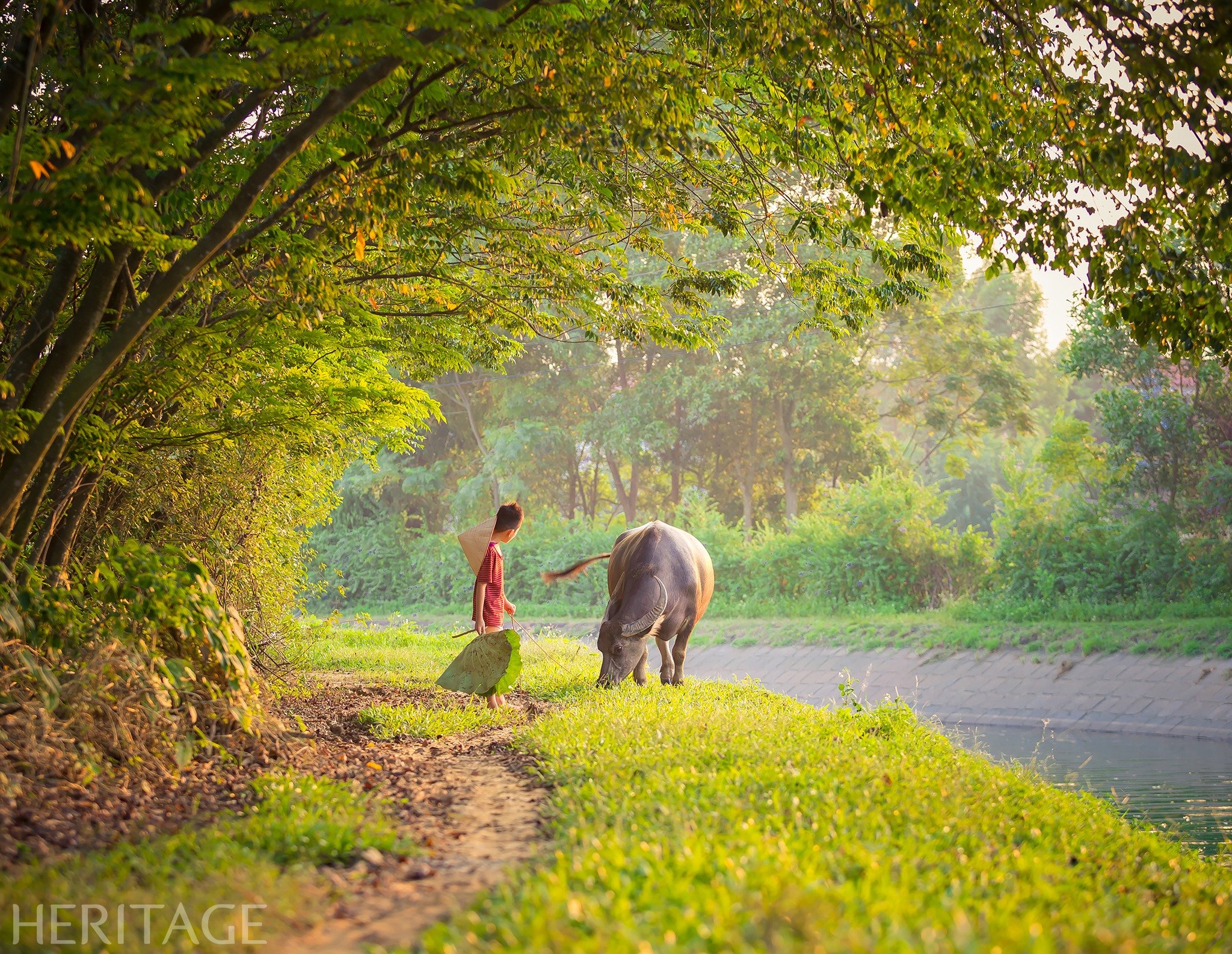
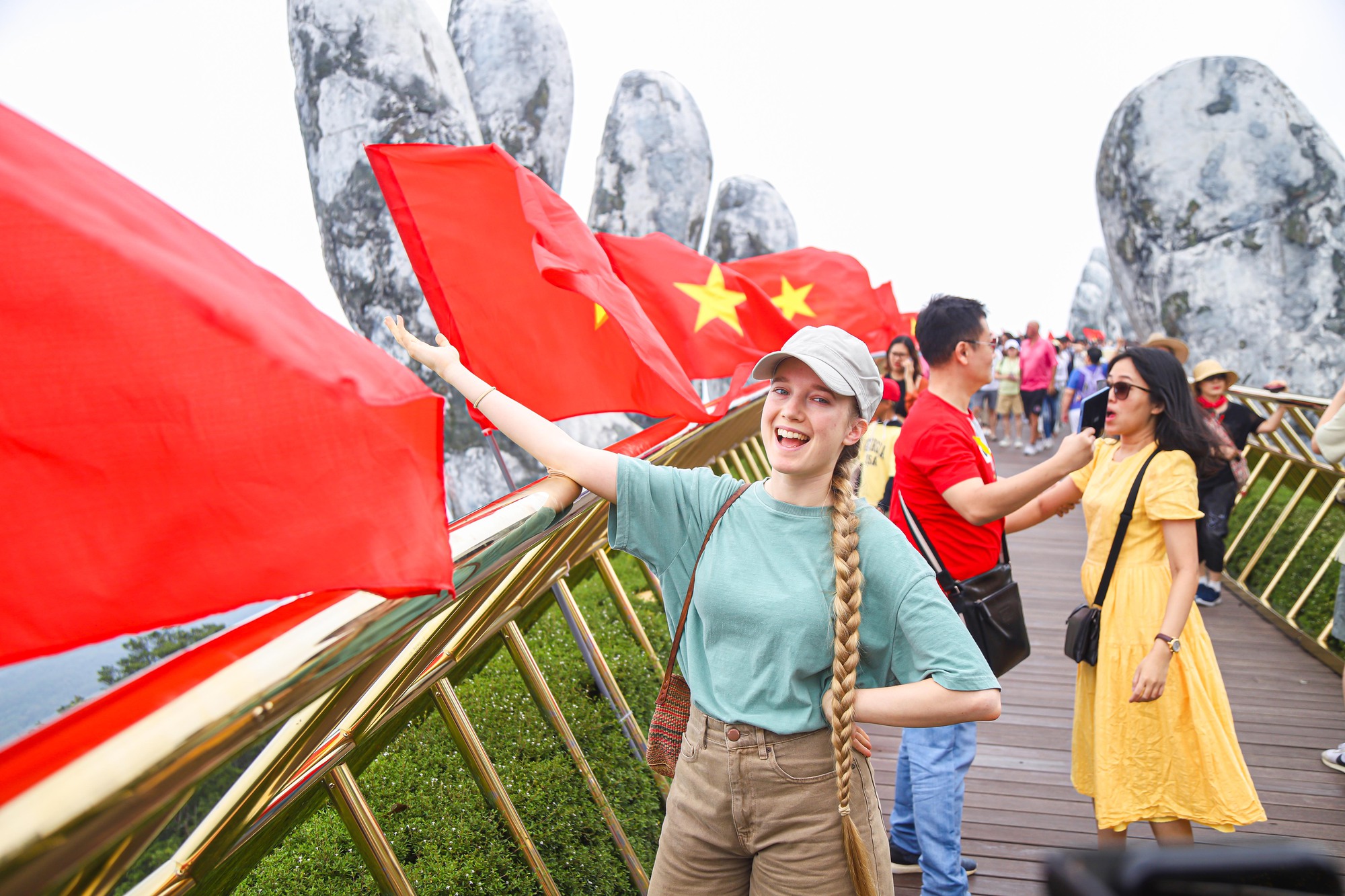
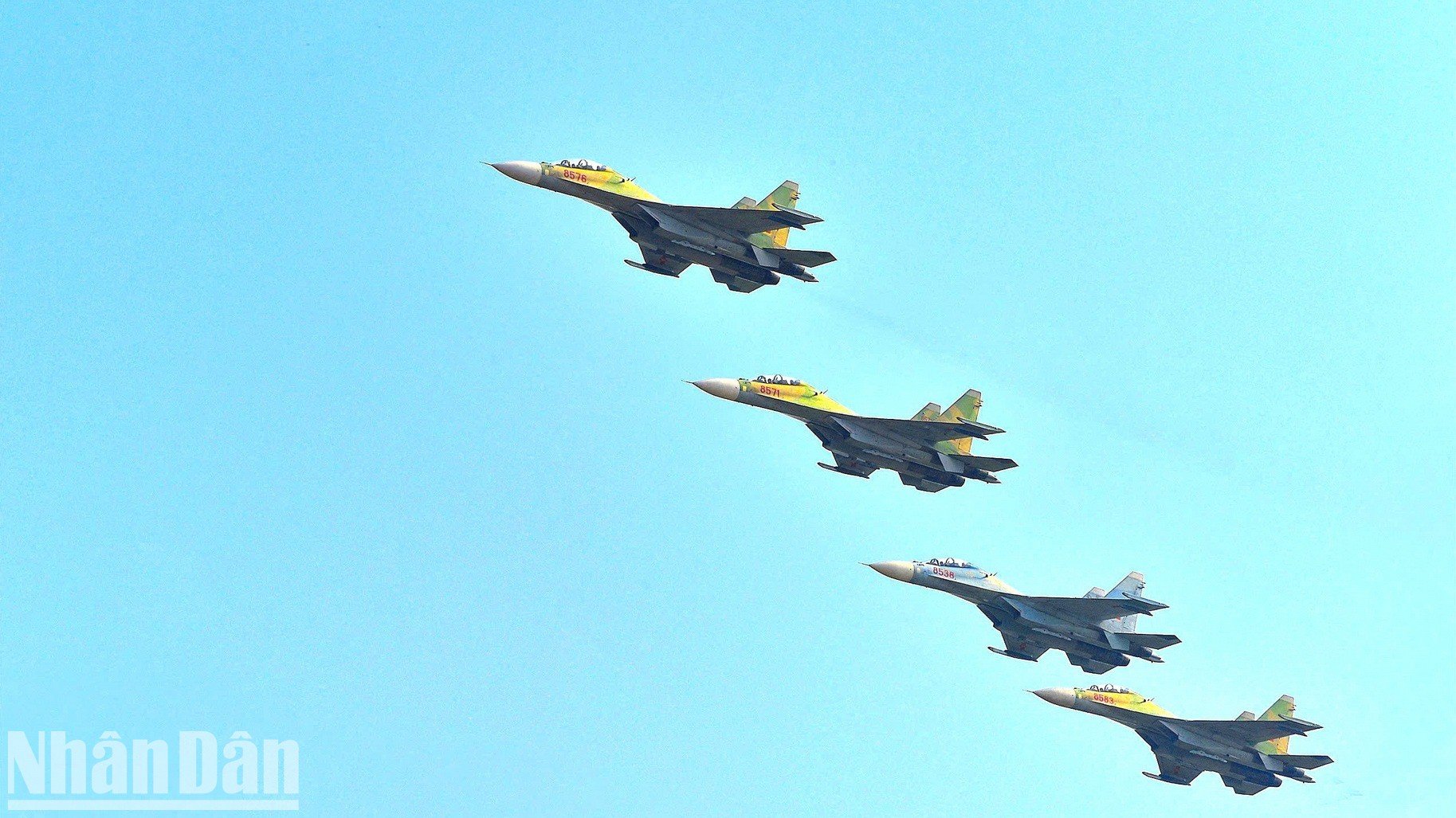
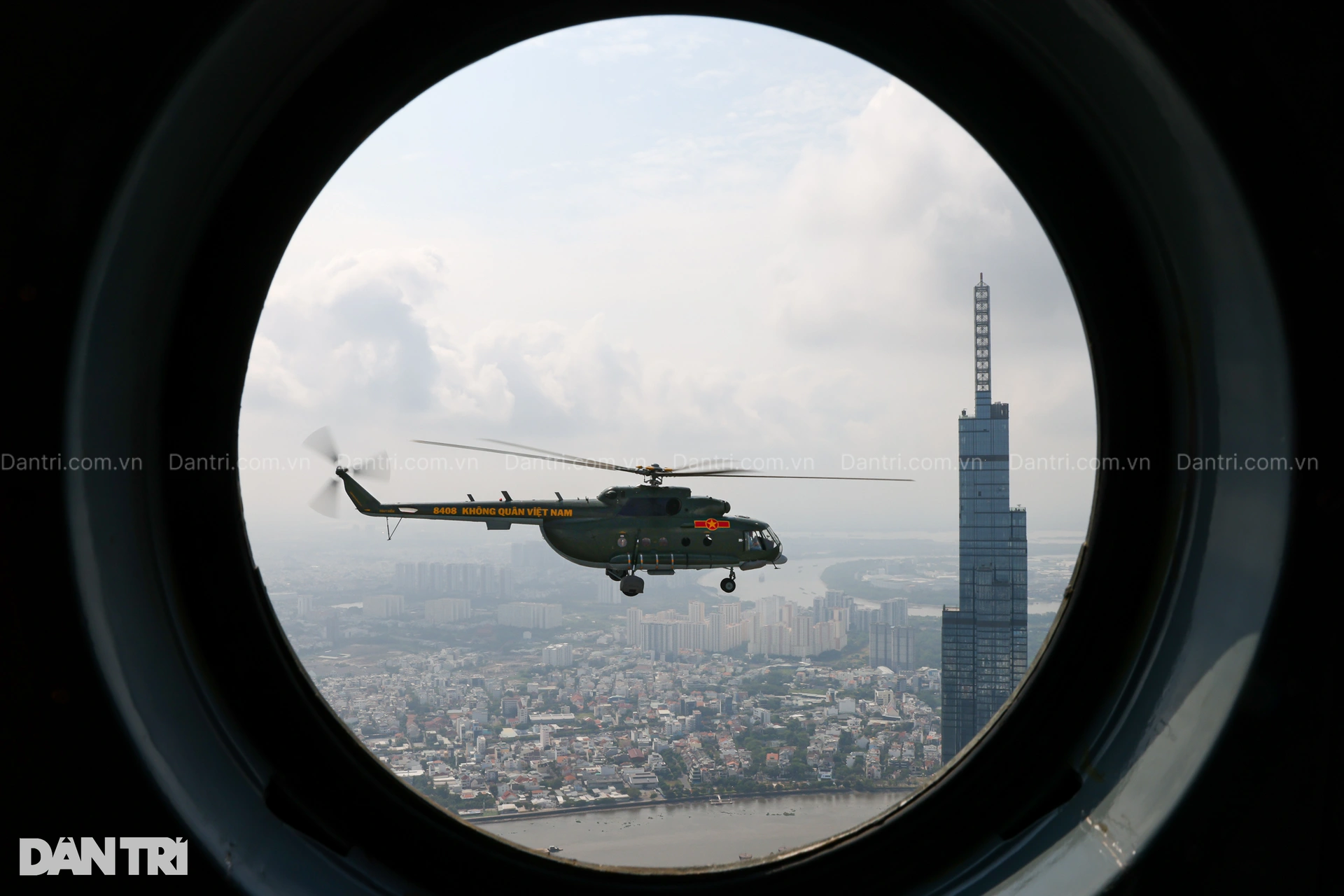

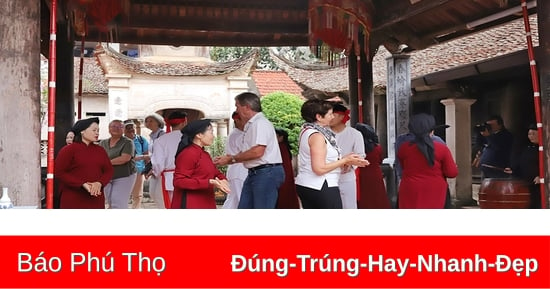
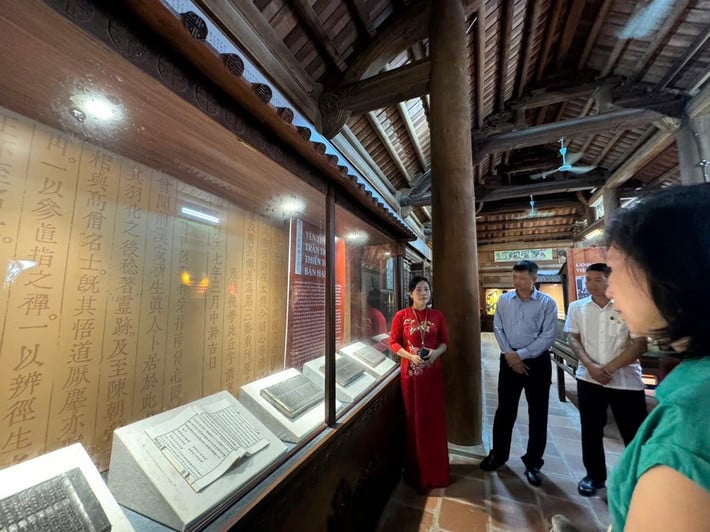


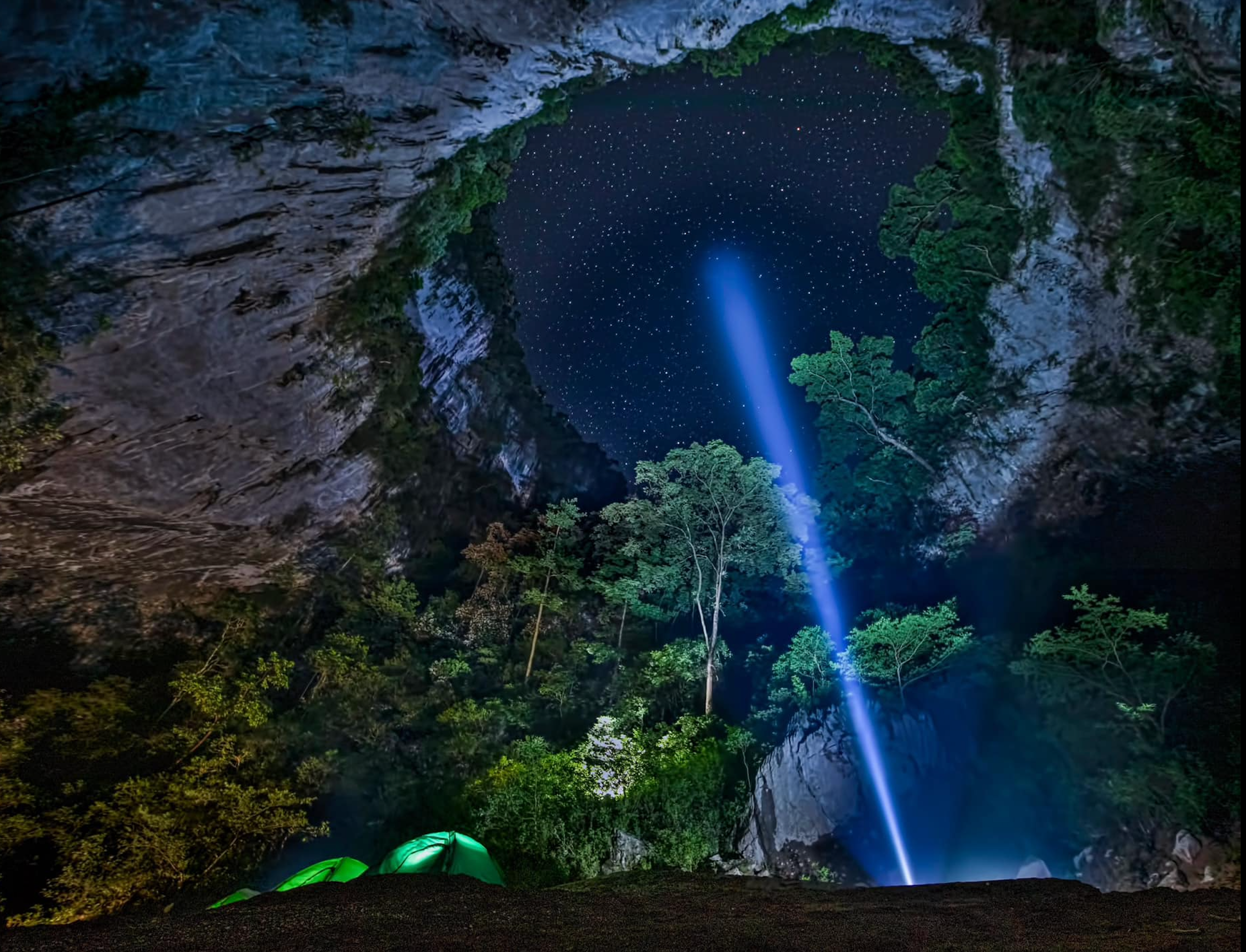

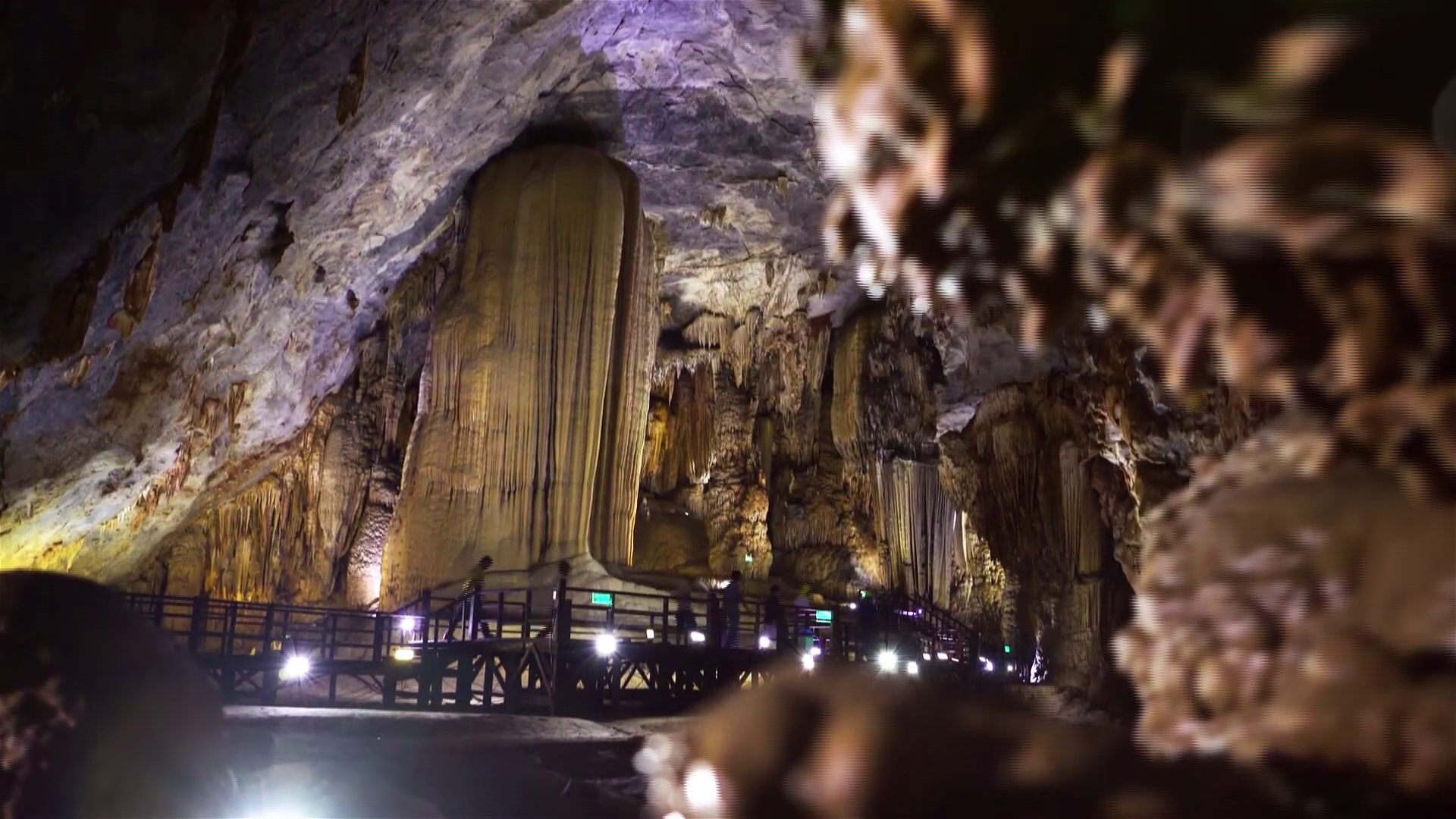

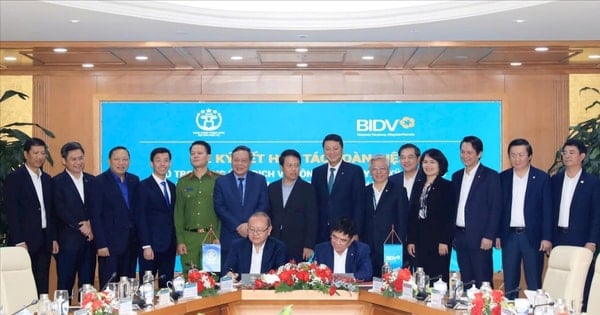
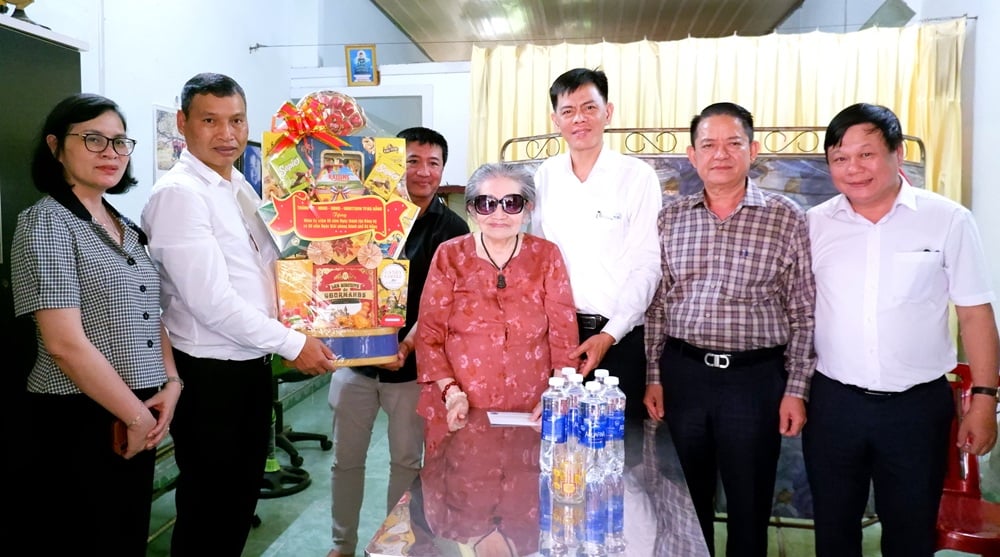
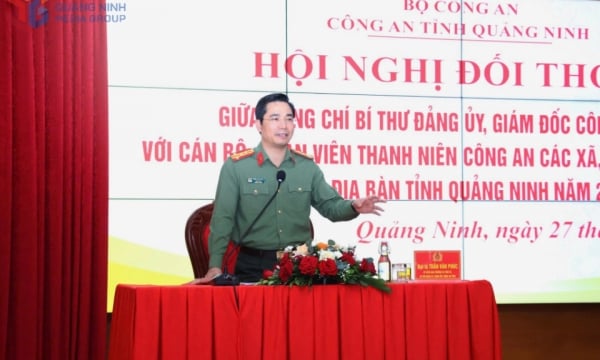
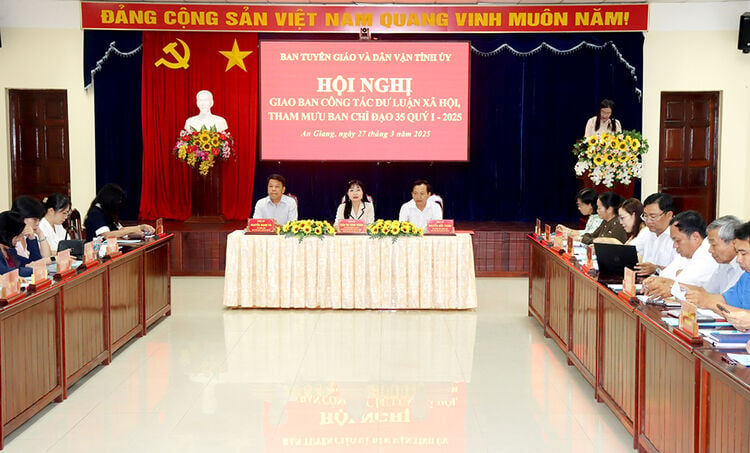
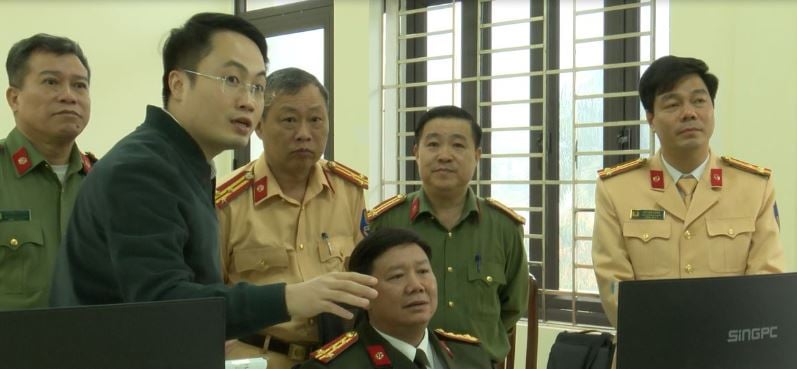
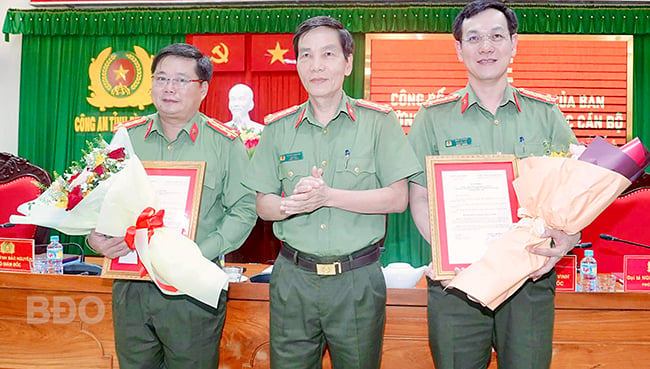


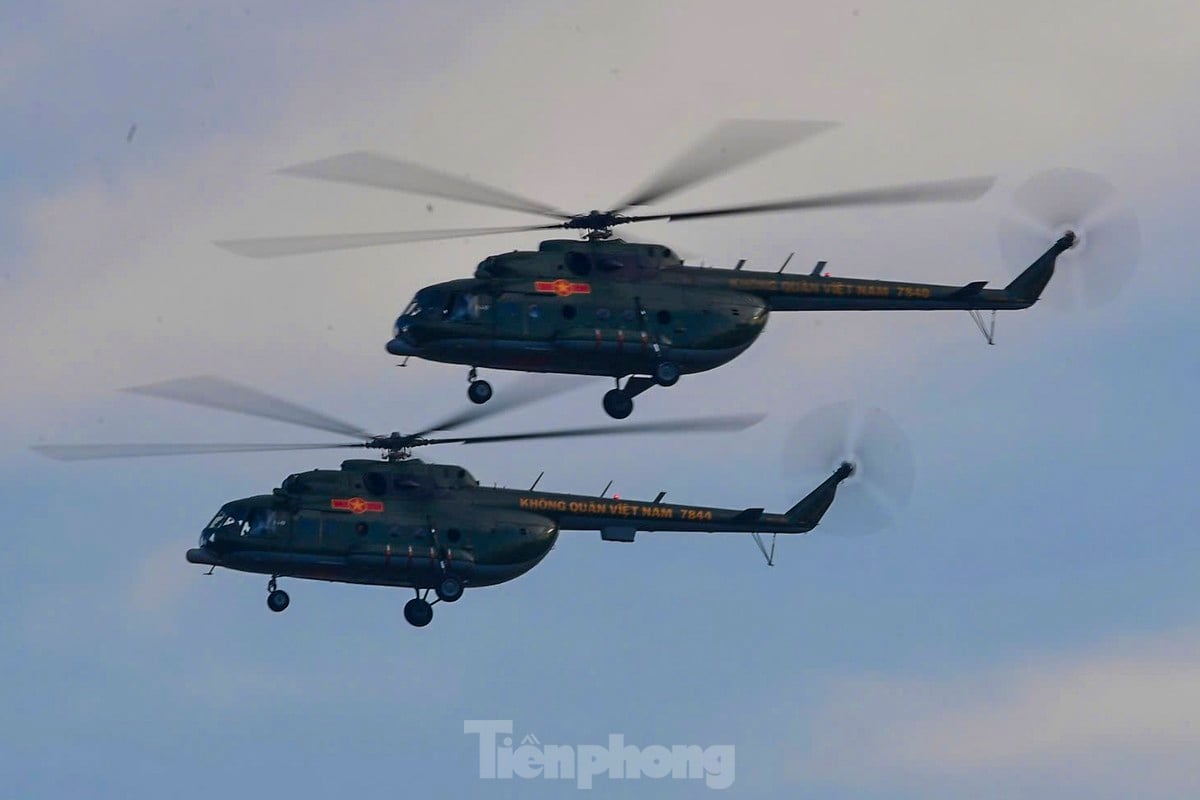
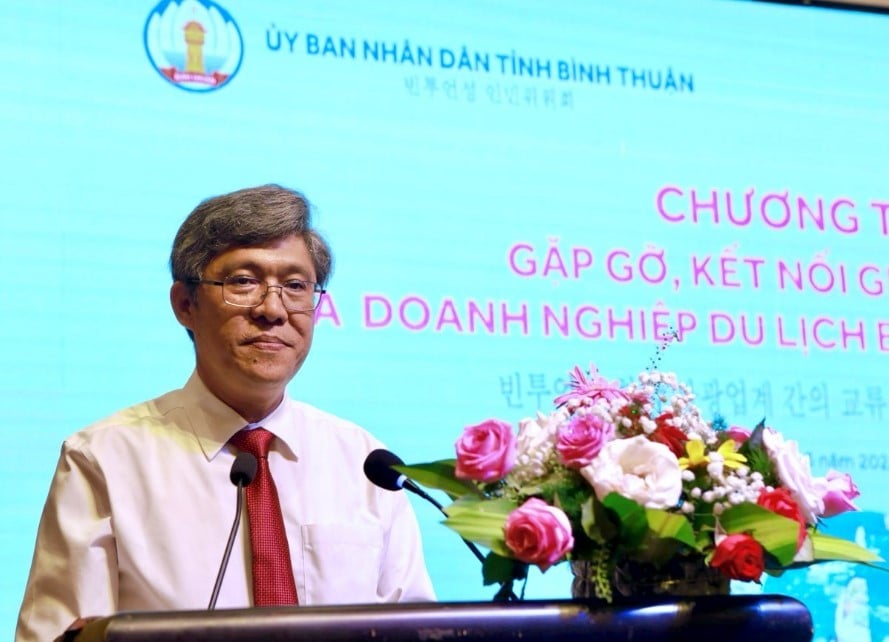

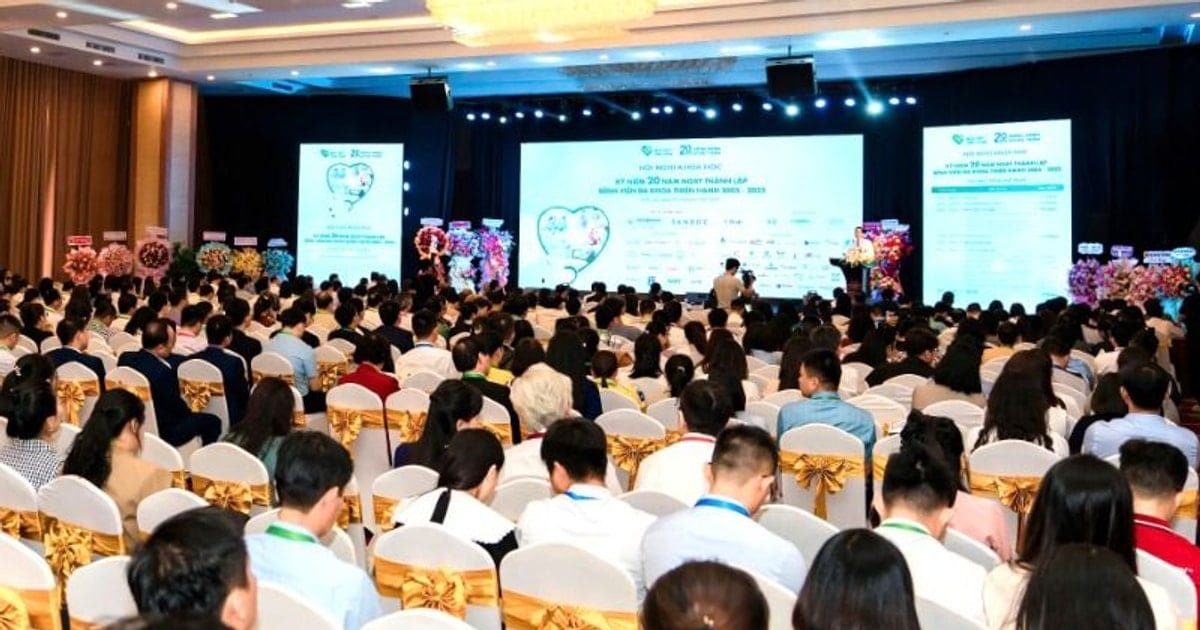
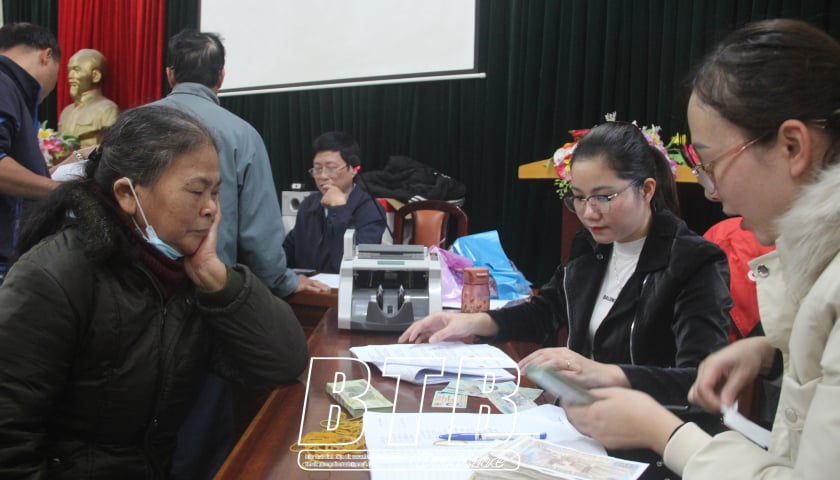
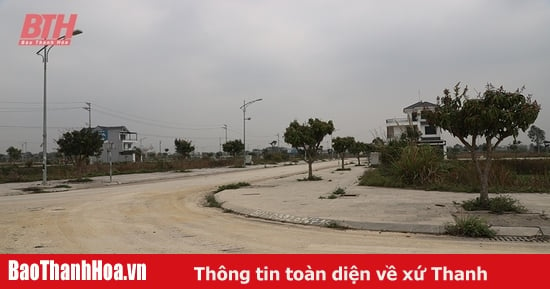
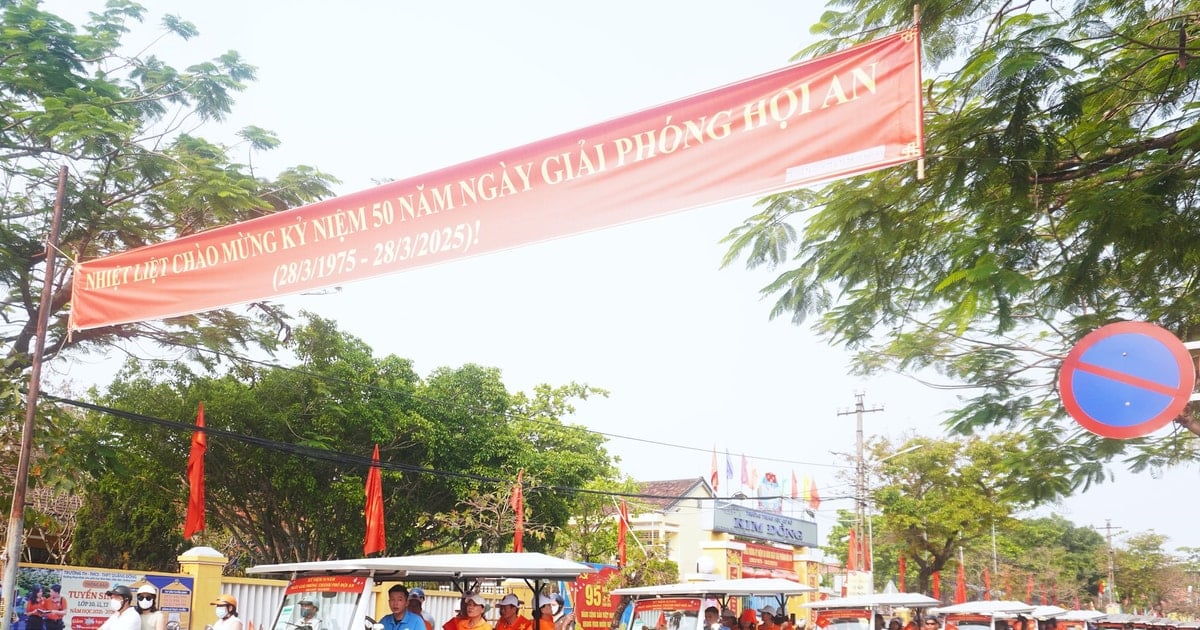
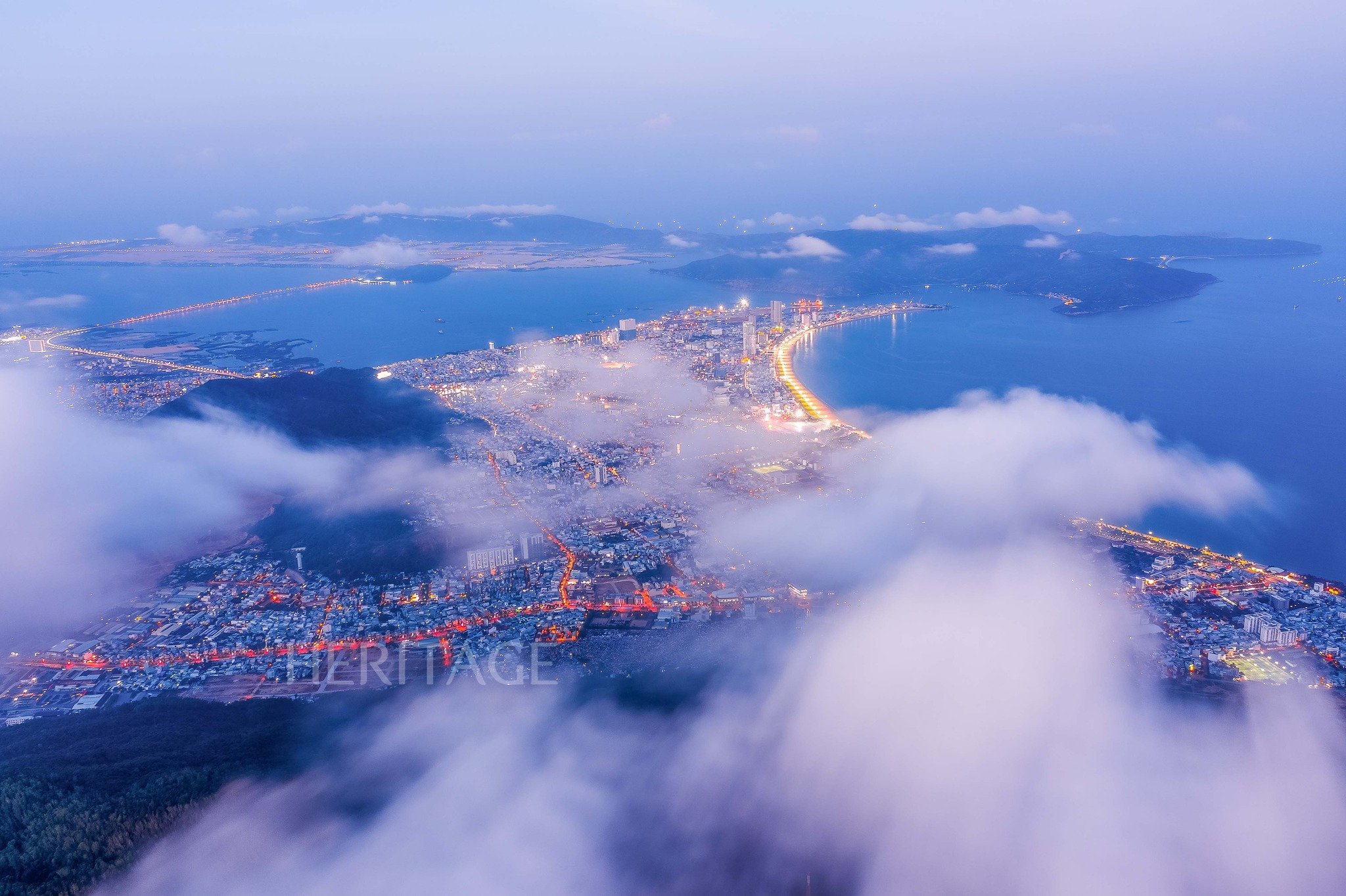
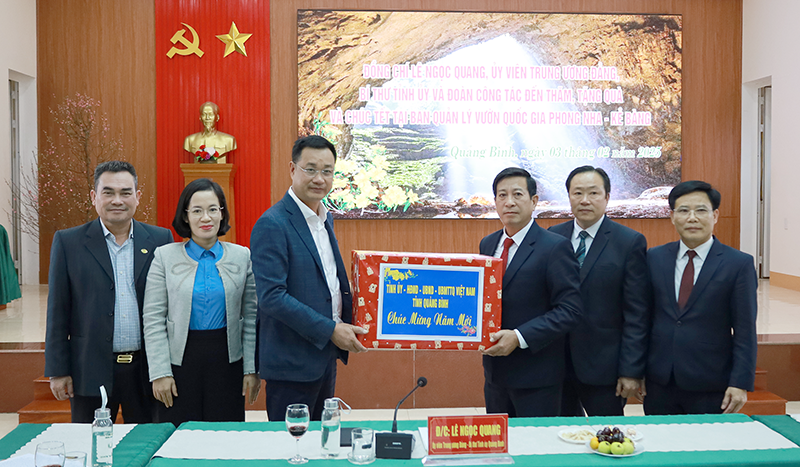

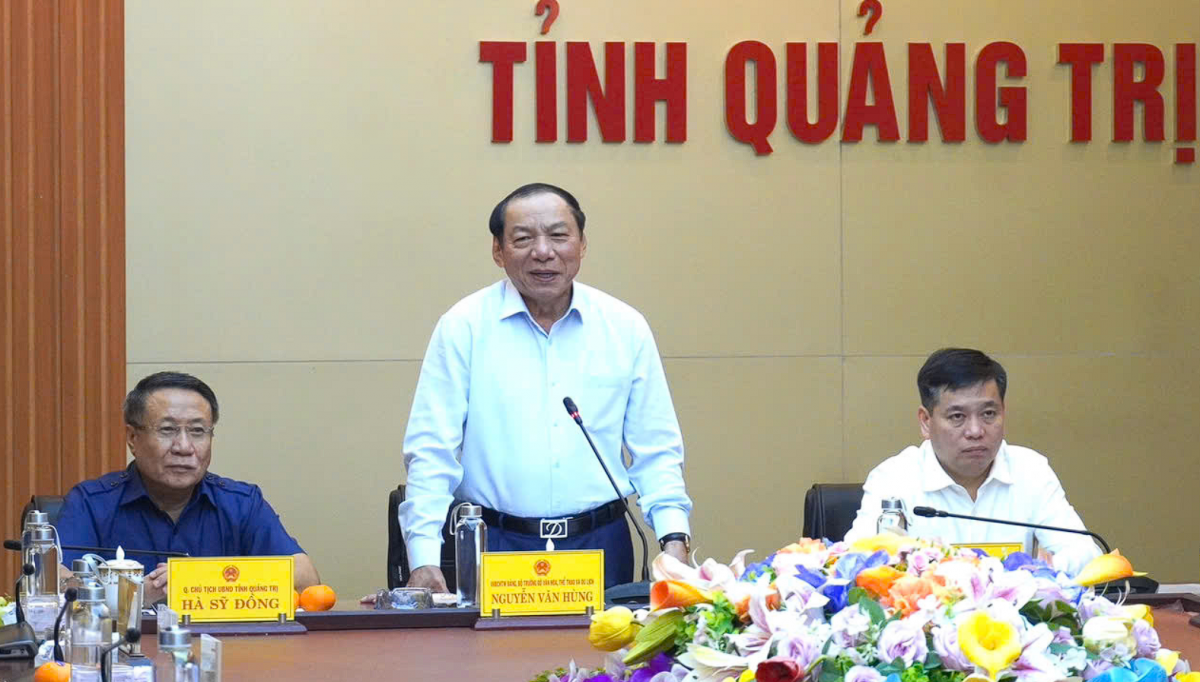
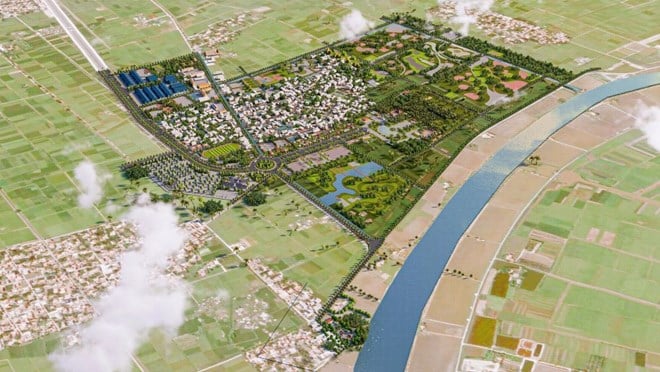

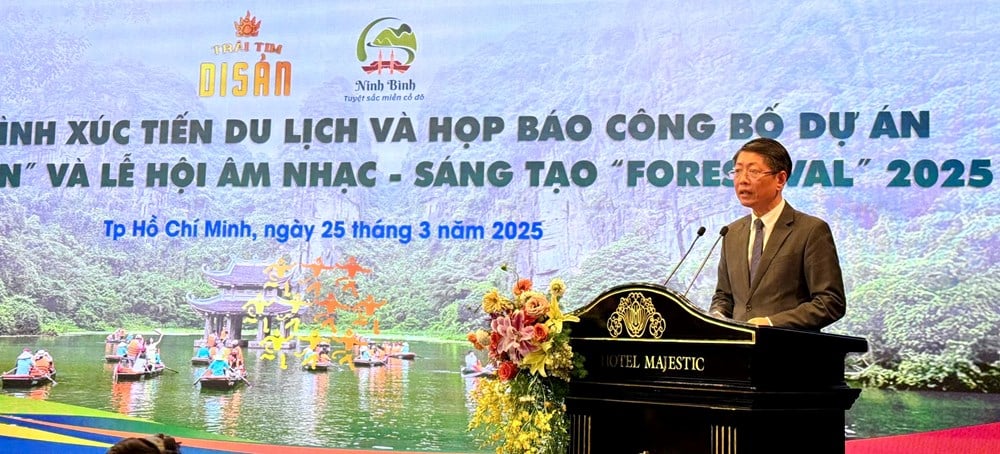

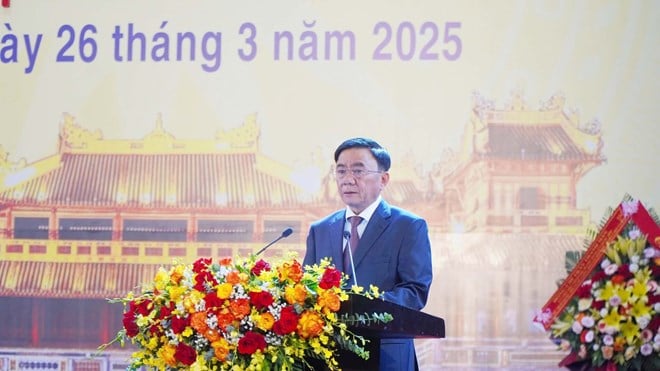
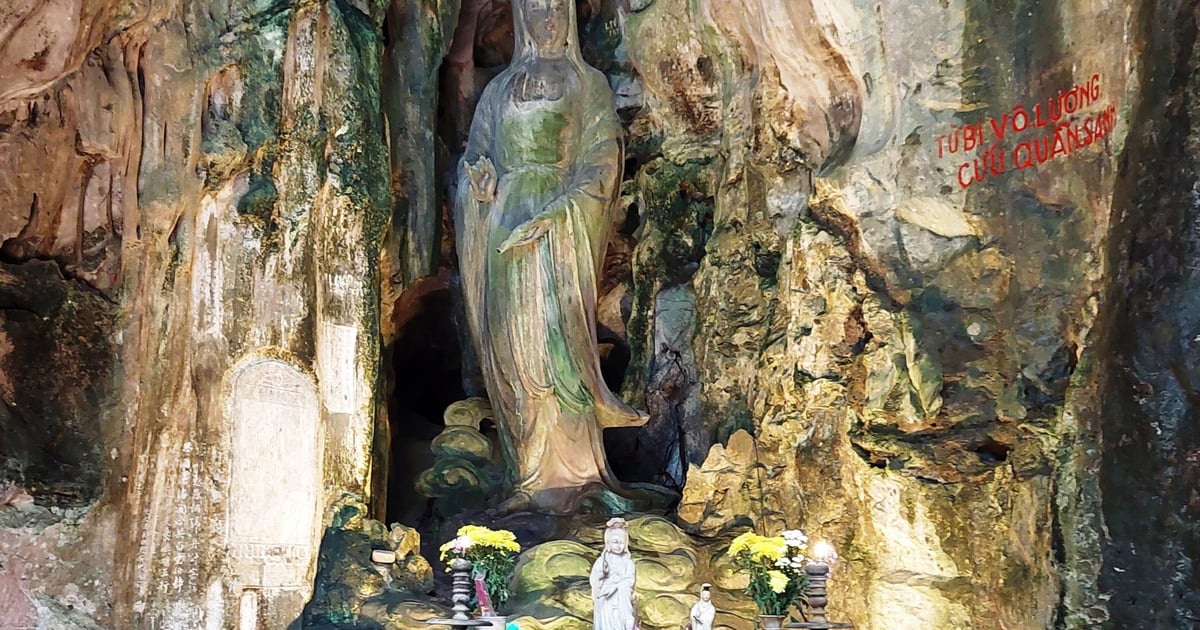

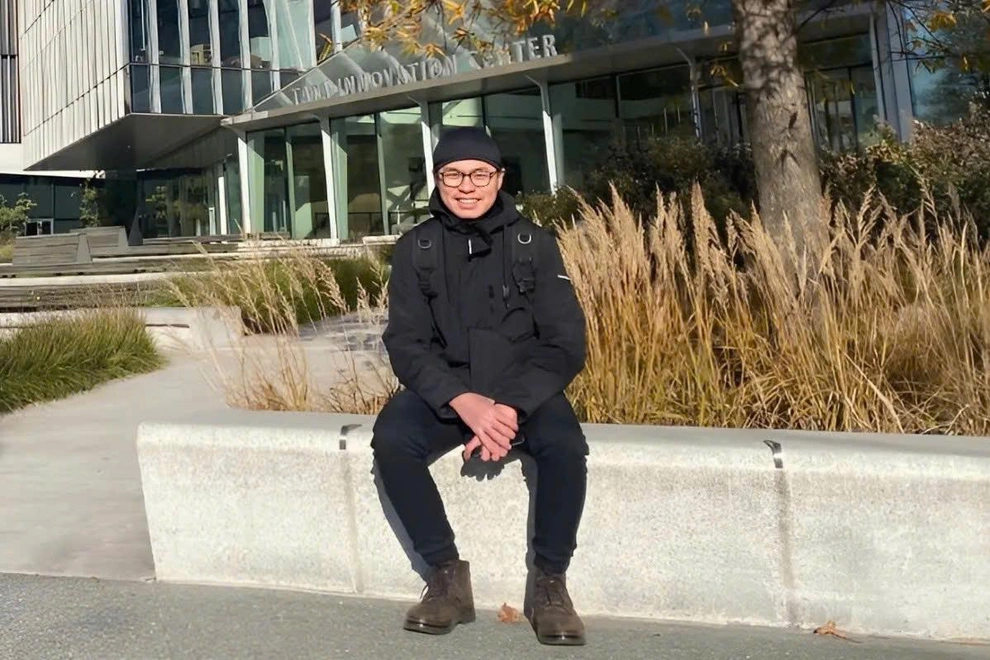




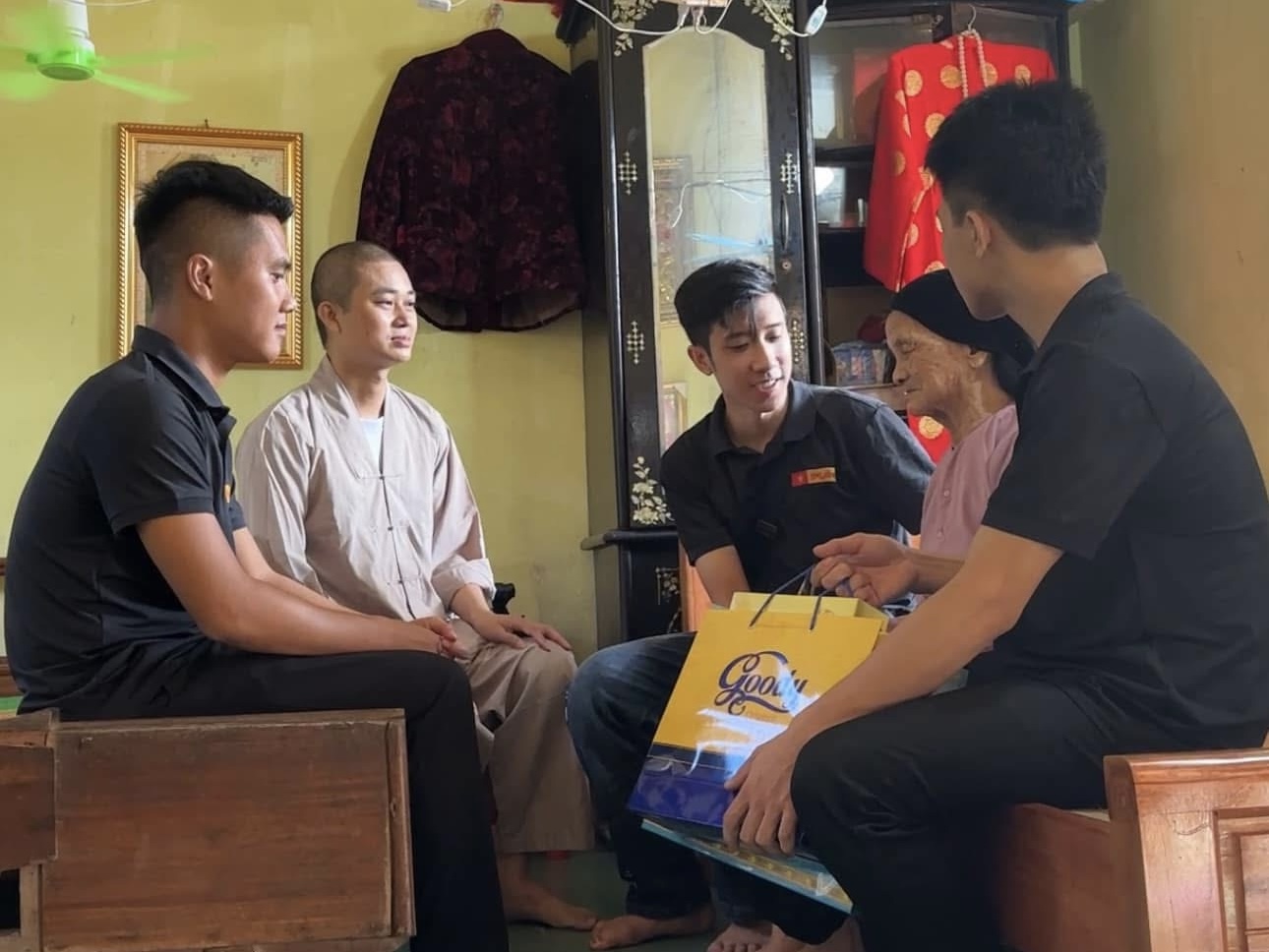





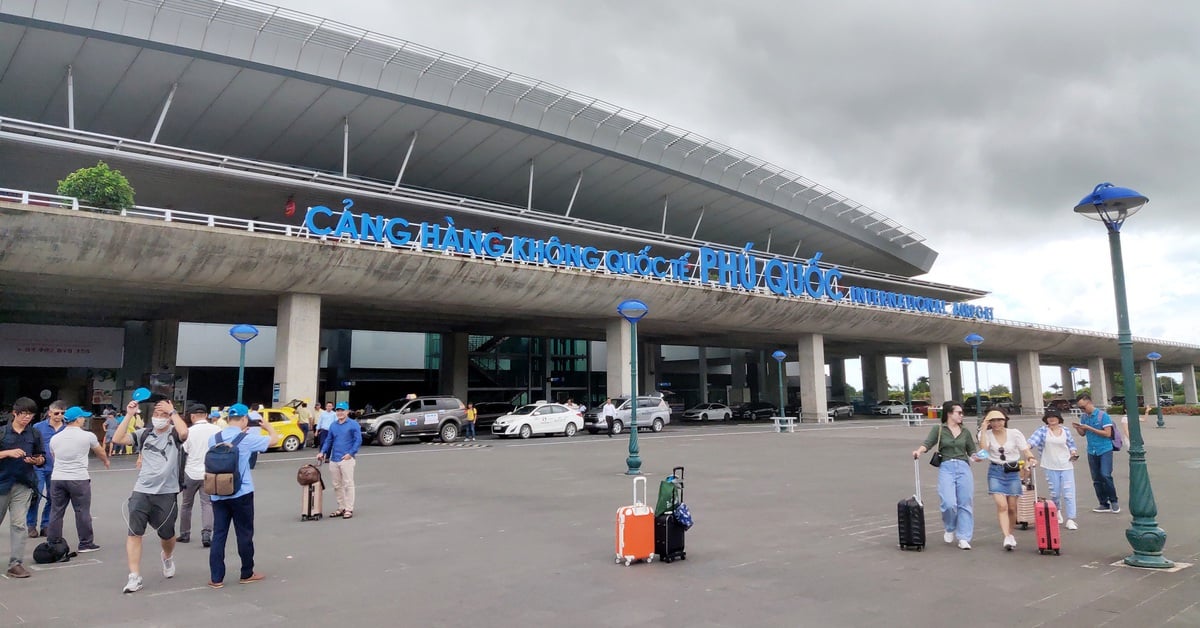

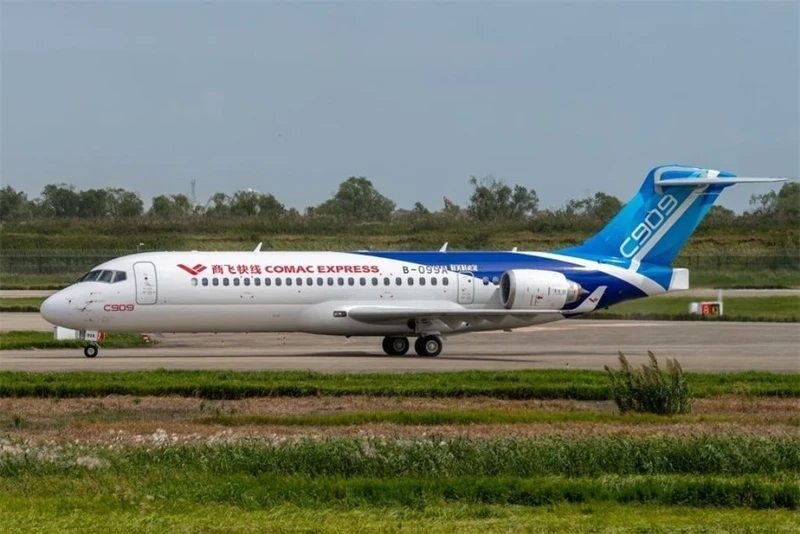


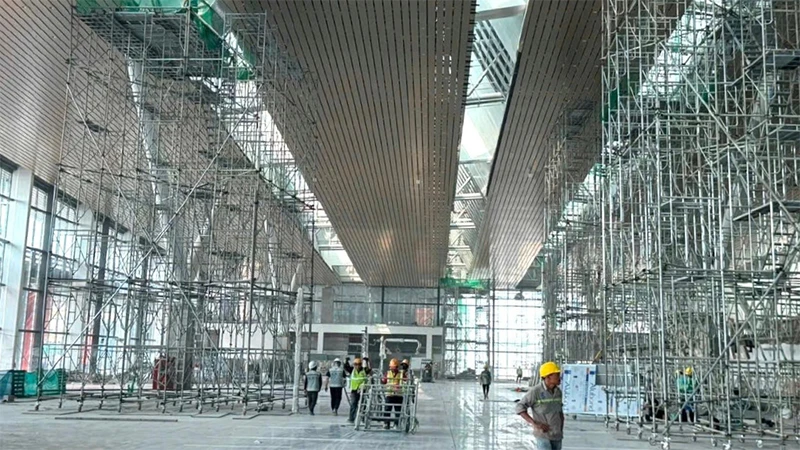


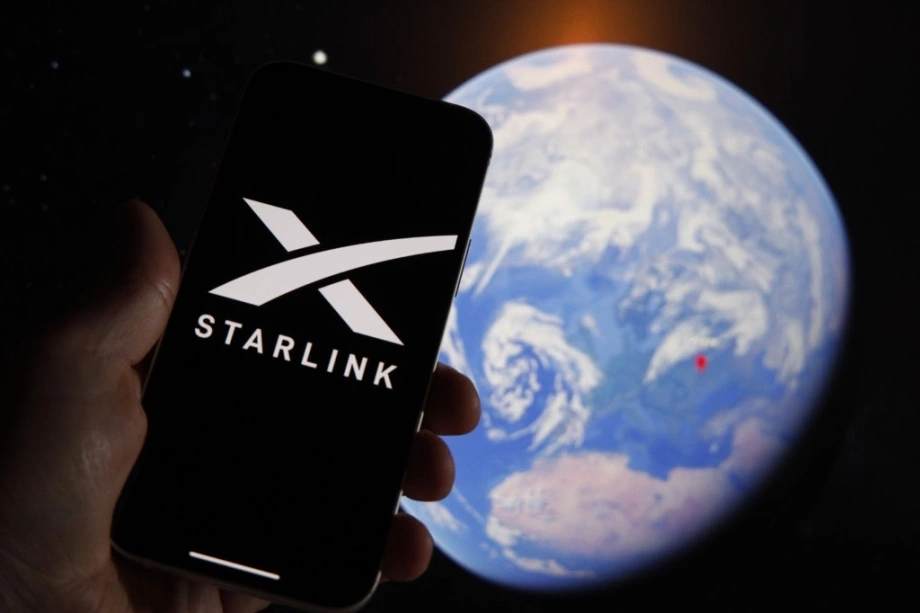
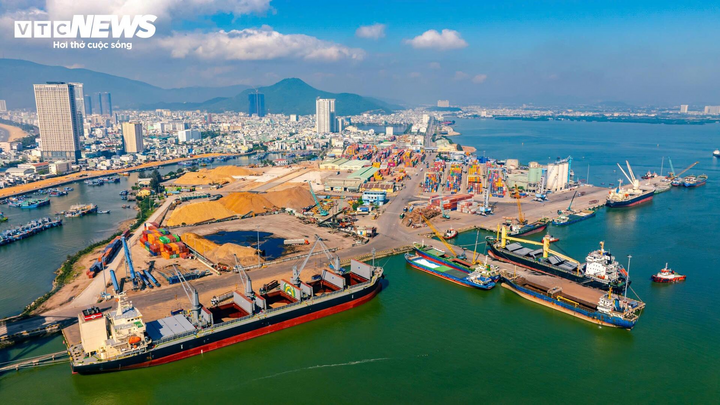

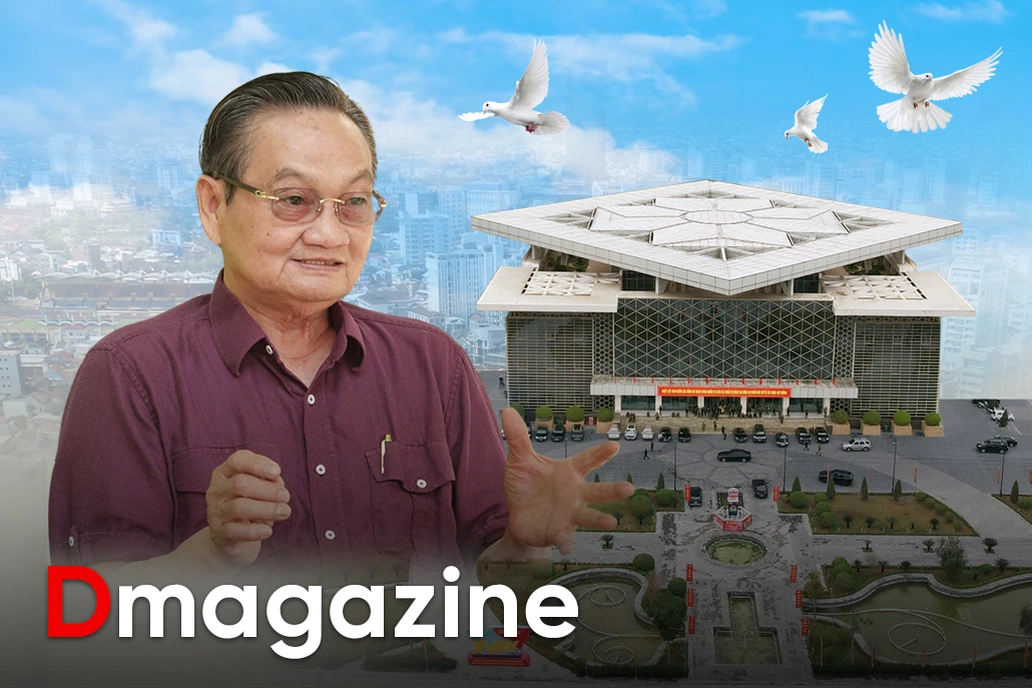

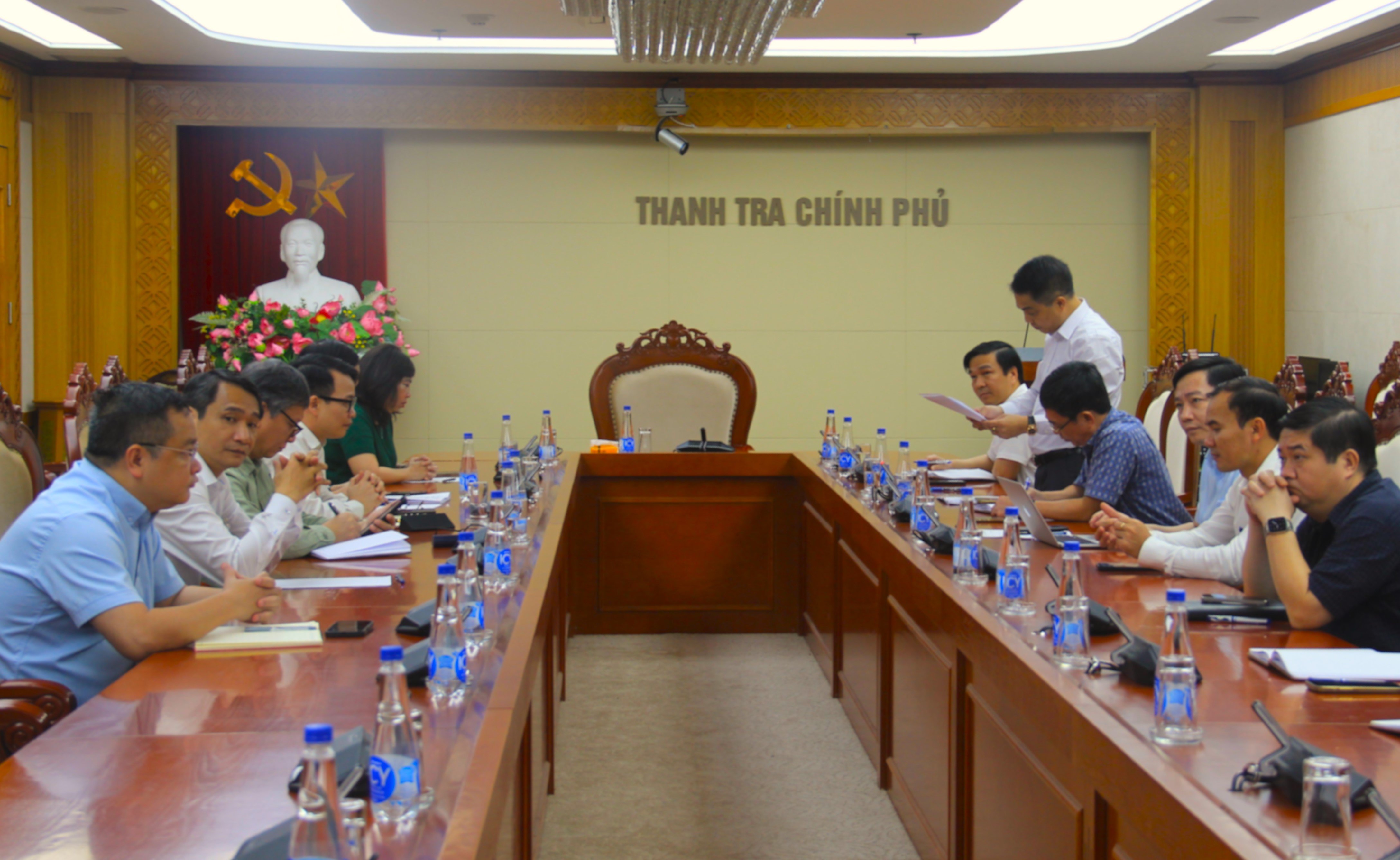



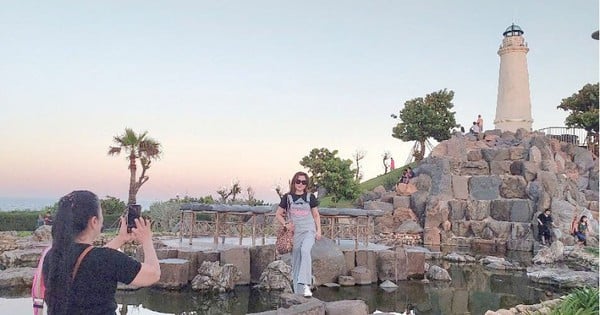

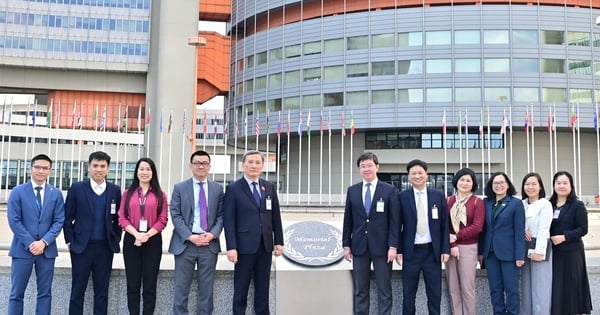

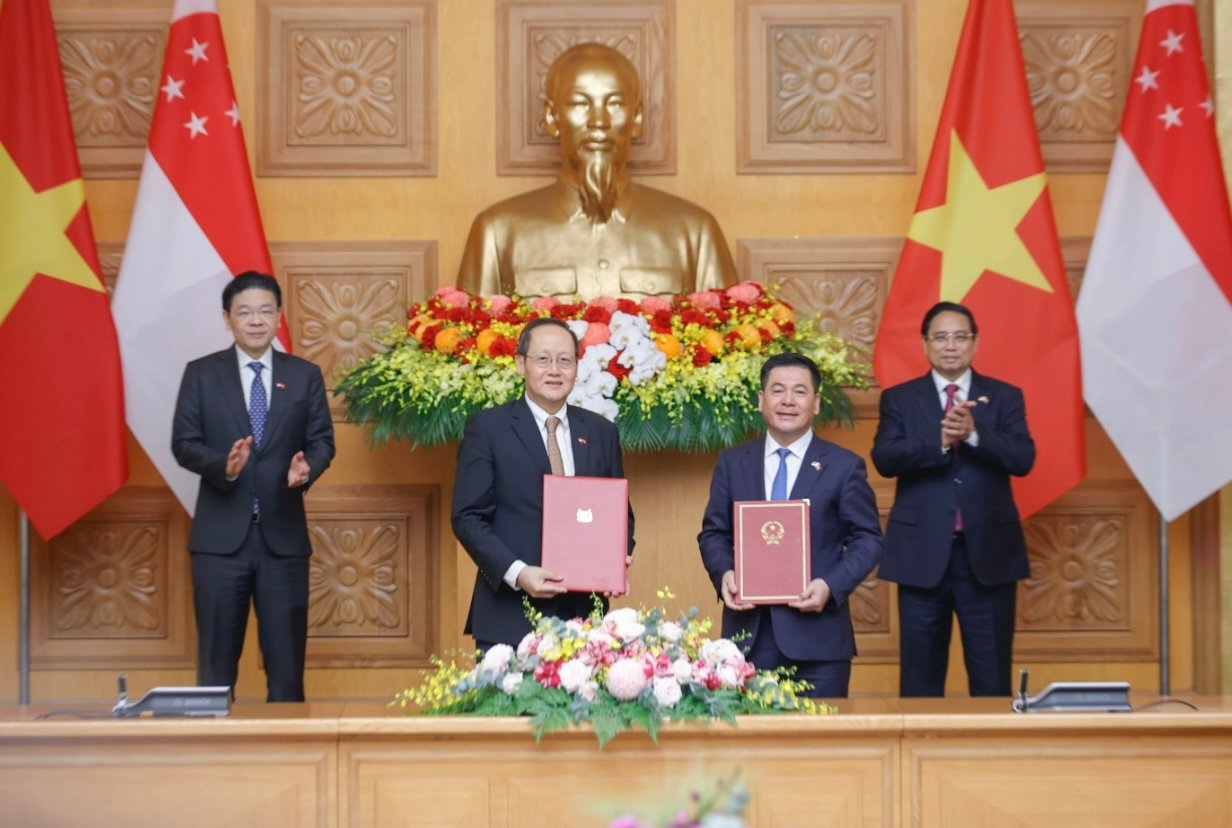

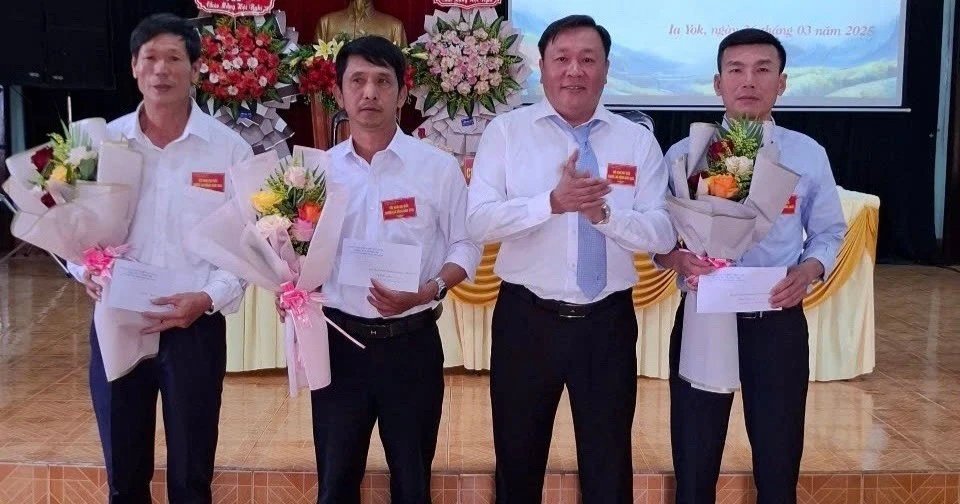





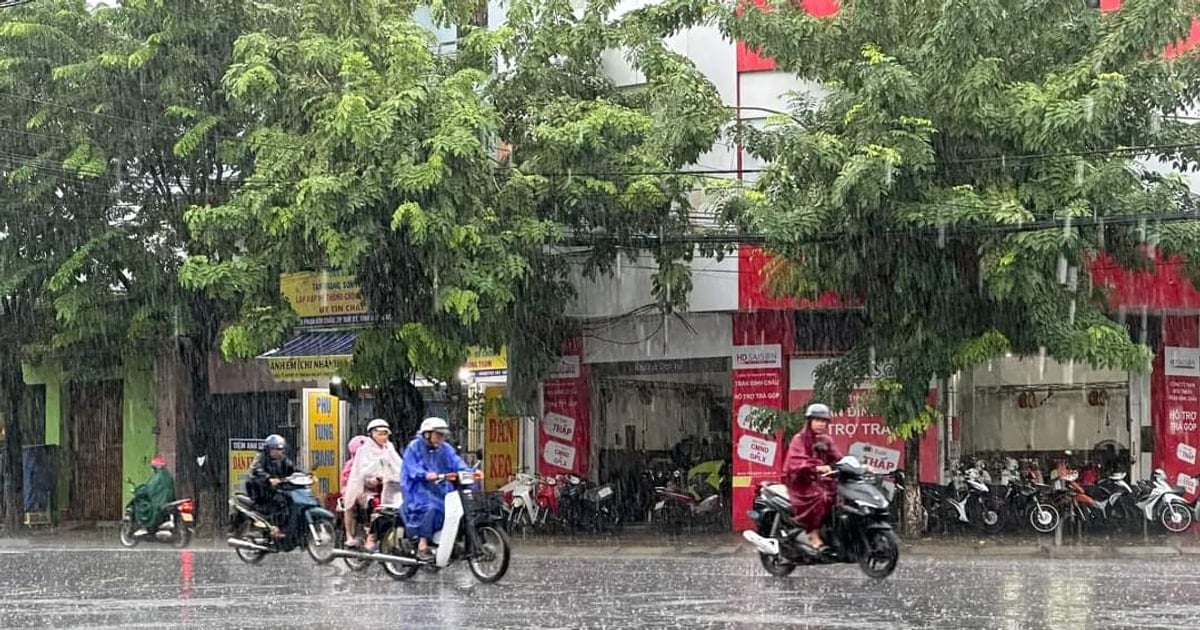
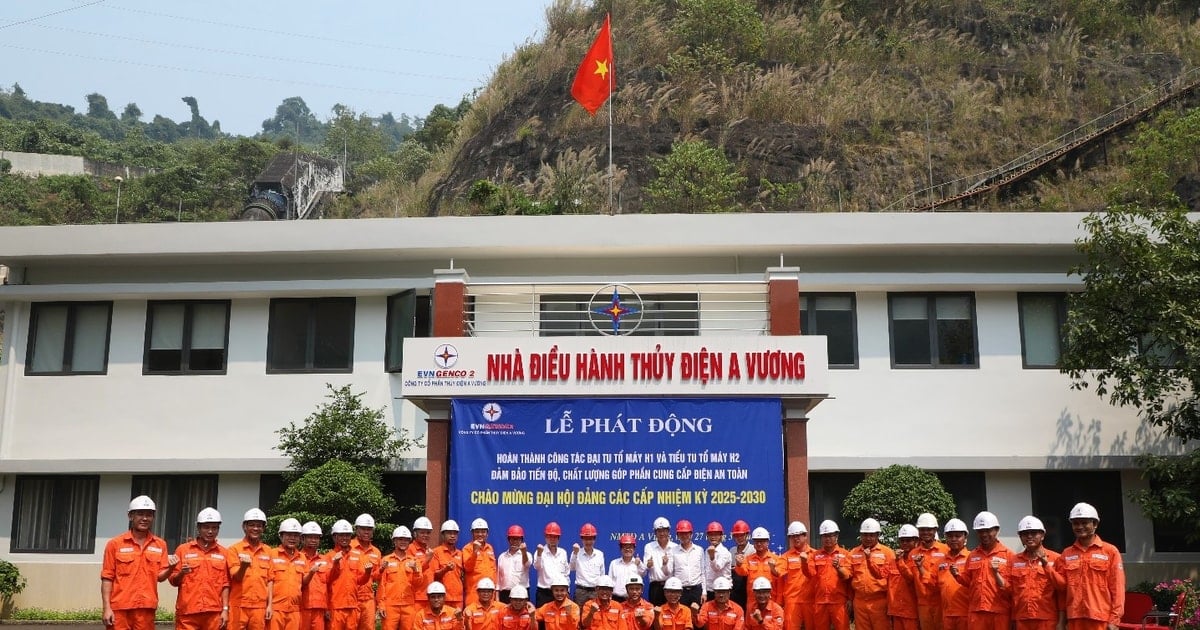
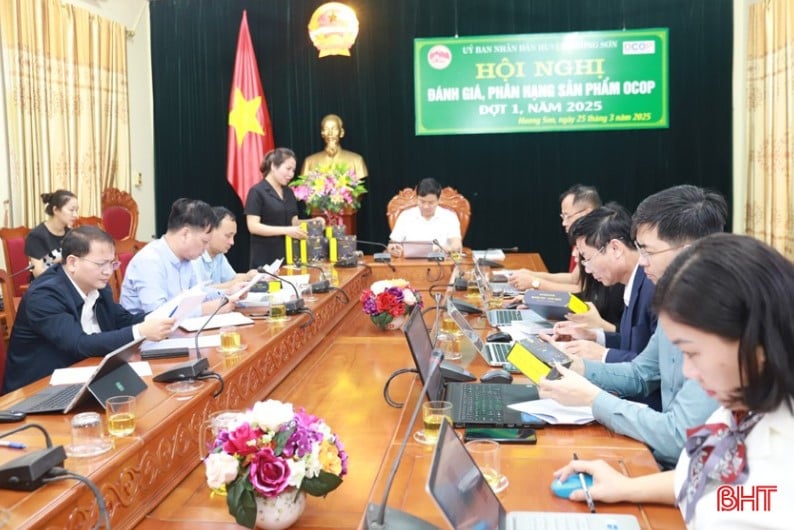

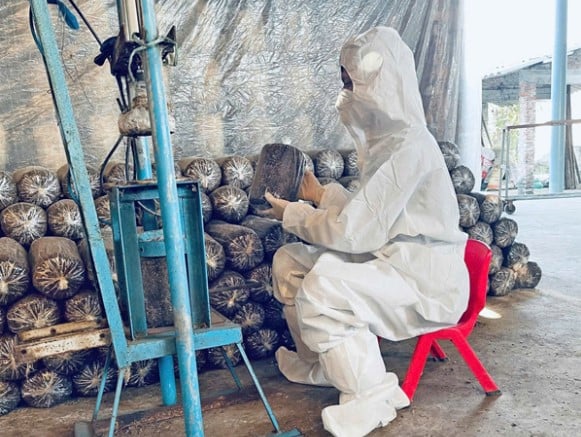
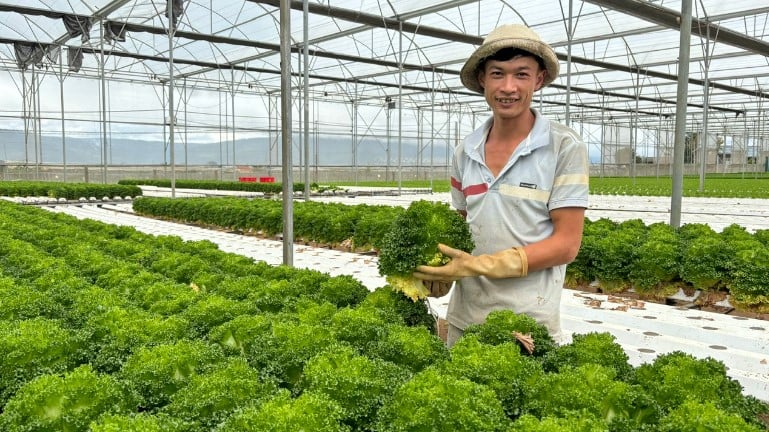




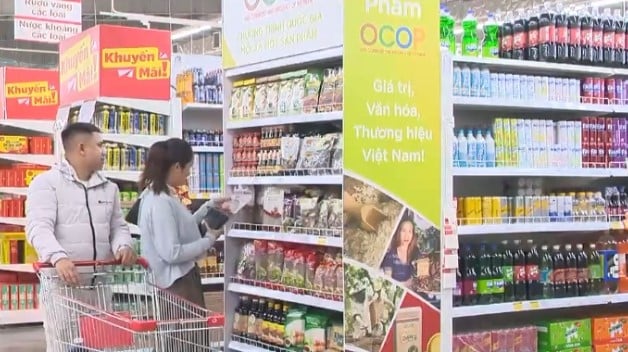

Comment (0)